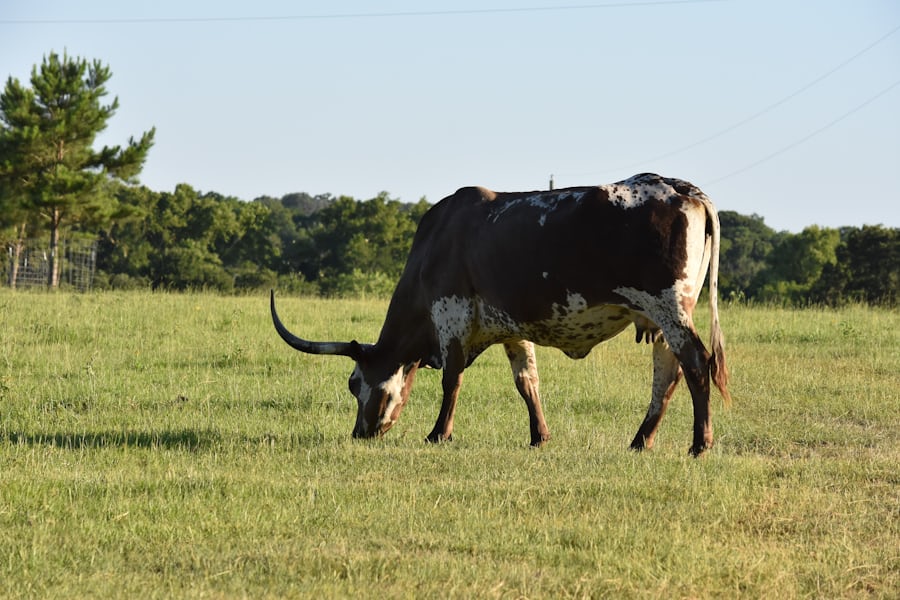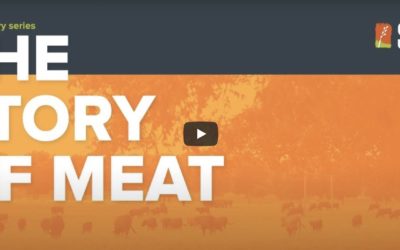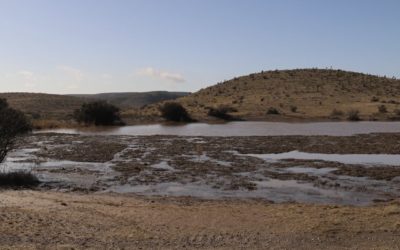Interesting Facts About the Early Cattle Business
“Ranching’s always been a tough business…
NOTE: the content below was originally sent to us by email from Leigh Currey from Curry Partners
Today we are going to finish up on this topic of Ranching.
A nice place to start would be to define it. Happily there really was a theme although it appeared we bounced all over. That dear map we kept featuring was the theme and I think it provided an excellent overview of the south central United States in the post Civil War period.
In no particular order, there are some pieces and parts that require follow up.
Chisholm Trail
Some of you correctly figured out that the Chisolm Trail existed exclusively in Oklahoma and Kansas. All of those trails in Texas were feeder trails. Jesse Chisholm founded the trail by establishing a trading post on the Red River and another near Wichita, Kansas at a railhead. Chisholm was a trader. As far as we know, he never even owned a cow. The trail bosses found his route well chosen and no doubt his goods were sold all along the trail.
If you are familiar with the Cherokee history, you know they were originally in the Appalachians and summarily kicked out of the area and placed in Oklahoma, better known as Indian Territory. Chisholm was born in eastern Tennessee and was a mixture of another Appalachian settling group which was the Scotch-Irish. He was labeled a Scotch-Cherokee. Both of those bloodlines have been favorites of the Early Bird over the years and no one should be surprised that mixture developed a creative success.
The Chisholm Trail topic also revealed those damned ticks. In doing some research today, not one historical source mentioned them as a cause for the diminishing trail driving business. The standard view that the railroads moving into Texas is what killed the trail drives in addition to barbed wire. How can we expect our Artificial Intelligence tools to be accurate when we can’t even define an important story ourselves?
The implications of that tick story are going to continue to haunt me.
The Business of Ranching
It is not difficult to explain to people how hard this ranching business was/is. Just when things are going great, it stops raining. Or maybe a blizzard comes in and 500 of your cattle are frozen. There is another element that is rarely discussed about the trail driving business… as a rule, the people involved in the day to day work were surrounded by less than trustworthy people. In fact, that observation fell short of the mark. Most of these people were scum.
When new territories opened up (another euphemism for “we ran off the Indians”) the people that filled the vacuum were likely to be running from something. A model citizen is not likely to leave their wonderful life and family and go to the frontier. If that model citizen robs a bank or kills a jealous husband, they just might want to go see what this new country has to offer and hope it doesn’t offer a well informed justice organization.
I ran across tons of letters from large ranch managers that complained about the caliber of person that was available for hire. For no other reason than I decided to take a deep dive on this topic with the XIT ranch, those managers had huge problems with lawlessness and turnover. They might (and did) have four or five hired cowhands that gathered up a couple of hundred head of cattle and took off with them to sell them at the railhead. The cattle weren’t branded, but make up a brand, heat up some iron and you got yourself some cattle.
Cattle rustling from outside sources was also a huge problem. There were two major forms.
First, the Indians were really good at it. As children, one of their games was to sneak up on deer and touch them before they ran off. I can’t even begin to think of the skills needed to do that. So, the Indian would move among the cattle, peel off what they needed and separate them in a way that caused little fuss.
The second major form of rustling was a gang of outlaws simply going out and stealing cattle at night or in places they couldn’t be seen. If you have a large herd and your cattle keep getting picked off over a two or three month period, pretty soon you have a little herd.
These rustling issues were the reason that cattle rustlers normally were hung, and rarely had a fair trial in the days when the cattle trails were full.
Impact on the South Central West
This whole story is unmatched in history as far as I can tell. The south central west was/is not a place where they parked the horn of plenty. Instead, a bunch of cattle got loose, bred themselves into a super breed for this arid area, and became the economic engine for the south central west after the civil war.
Then just when the cattle business begins to wane, something that had happened in 1859 in Pennsylvania comes into play in Texas in 1901. This doesn’t involve ticks. Rather, this new entry into the south central west economy has to do with punching holes in the dirt. That is useful for building a fence, but this involved a new technology which created a new marketplace and changed the world.
Edwin Drake is the name of the Pennsylvanian that started it in 1859. (Many of you already have figured that out.)
***
—
For more posts like this, in your inbox weekly – sign up for the Restoring Diversity Newsletter



